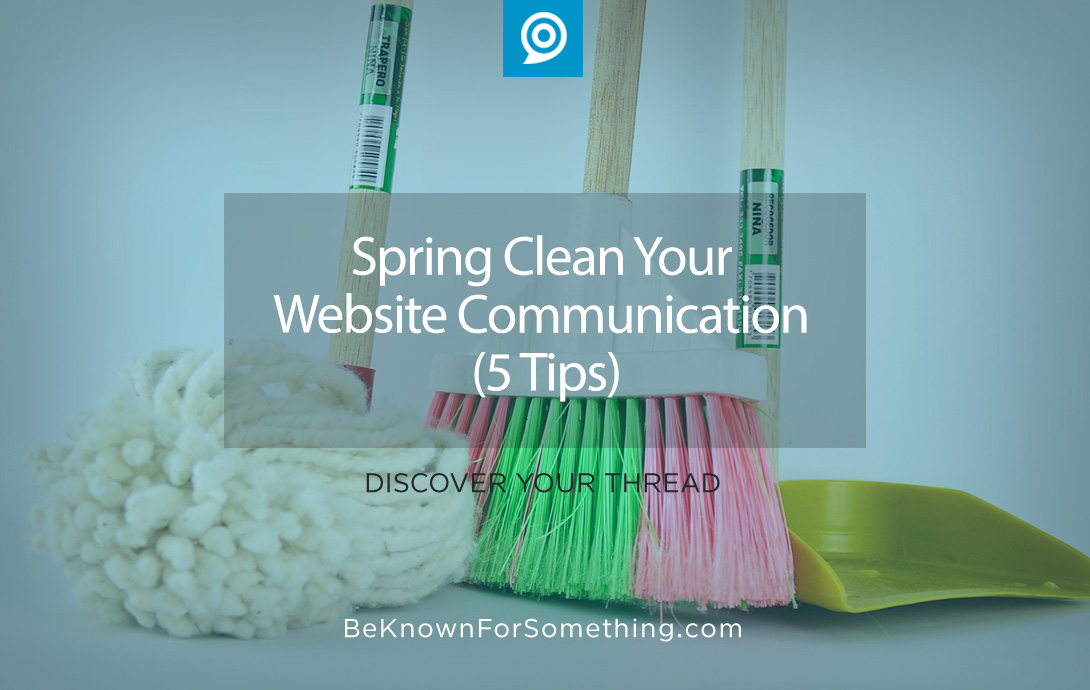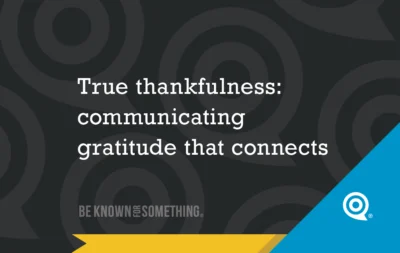Spring Clean Your Website Communication (5 Tips)

You’re busy. You juggle a ton of details and maybe even manage a group of chaotic people. And that’s in your personal life! Then you duplicate that in your ministry life and it doesn’t leave much time for anything else. On top of that, you know you should keep up with the news cycles, your favorite podcast, that communication book that everyone’s raving about, and the ton of emails you receive.
HELP! Stop the madness and let me (I mean, you) off. The world (your life and your church) has so much going on that we need to prioritize what we have time for or we run out of time! Perhaps why the gym gets left out of most daily routines? Why many ignore most of their emails? Yep. Why? Because the things dropped are perceived as being “not critical.” And we’re all in the same boat. You. Me. Your congregation. Your community.
In fact, in the quest to take it “all” in (and remain sane), most people have to edit. Half listen. Or ignore. What’s even easier? We gravitate to informational sources of that edit for us. Those who say less (but still have great content), we listen to more. Our church websites (and all communication for that matter) needs to take heed and spring clean. Or we risk being ignored.
Here are 5 spring cleaning tips:
- Develop a communication thread. You’ve heard me say it before: Every brand must know their simplified lane of relevant and beneficial information and then stick to it. Weaving it through everything we do. Our information should be limited to what our audience feels is a solution to their needs or a path to their goals. Then we become known for the thread and people pursue our content and consider it “needed” in their lives.
- Remove unnecessary words. Look through all content and consider how you can say it with less words. People don’t want to tackle content that appears to take too much time. Remove redundancy, use shorter words, edit so you use bullet points with “just the facts”. Stop wasting people’s time with your long wordy paragraphs.
- Tell a story with pictures. It’s worth a 1000 words, right? So use them. Ensure your pictures tell a story and extend your thread and message. If it doesn’t? Don’t use it — it’s only wasting space.
- Say it with a short video. People prefer short (<2 min) informational (shareable) videos if they’re packed with information THEY find relevant. Start videos by naming the audience, discussing their concerns or goals, then end by clearly giving them a reward (a solution!). Make sure you caption your video since most people watch videos with the sound off (think workplace or bathrooms).
- Lead to secondary pages. Every page doesn’t require ALL your content. Instead, use your pages to link them to the page with the fuller information. This way it doesn’t clutter a page, instead it says it briefly and leads to the place with more content (only if someone wants deeper info). Watch your web metrics (Google Analytics) to see if anyone really cares about the deeper dive (most aren’t as interested as the one who creates the content).
Want 25 Game-Changing Resolutions?
Related Posts

True thankfulness: communicating gratitude that connects
We’re just a couple weeks away from Thanksgiving. Though you might not know it by the jingling commercials already flooding

AI Prompts Every Church Communicator Should Be Using
Artificial Intelligence (AI) isn’t replacing church communicators, it’s simply helping the good ones work smarter. Tools like ChatGPT (and similar)

Church Growth Strategy: Clarity That Connects
Most churches pray for growth but overlook one of their most effective tools: a clear church growth strategy built on

